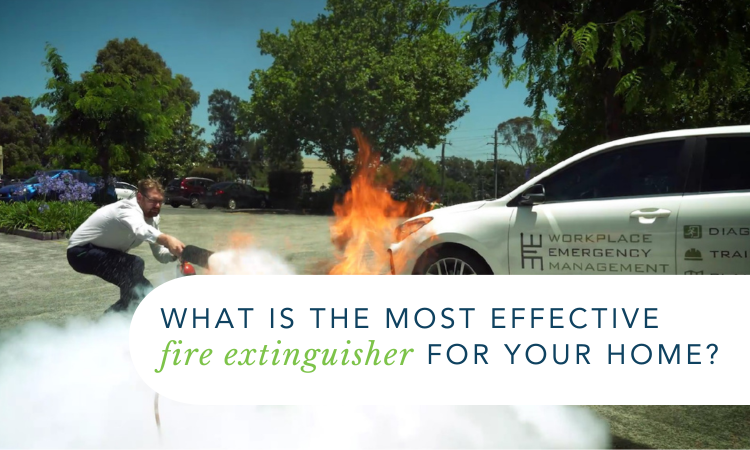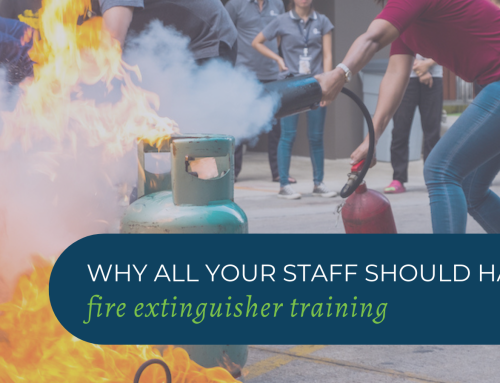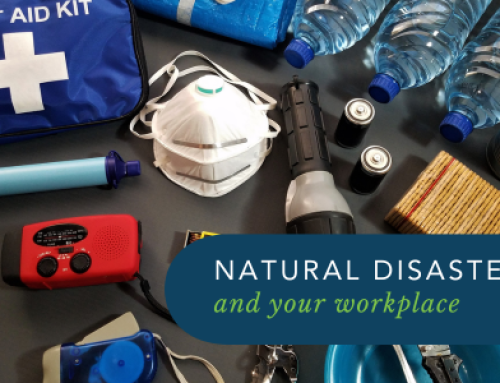Do you have a fire extinguisher in your home? There are five main types of fire extinguishers available in Australia – water, foam, dry powder carbon dioxide (CO2) and wet chemical. Each type of extinguisher is suitable for different classes of fire, which are based on the fuel source of the fire. These classes are:
- Class A: fires involving combustible materials, such as wood, paper, and fabric.
- Class B: fires involving flammable liquids, such as petrol, turpentine or paint.
- Class C: fires involving flammable gases, such as LPG, hydrogen, butane or methane.
- Class D: fires involving combustible metals, such as magnesium, aluminium or potassium.
- Class E: fires involving electrical equipment, such as appliances, wiring or circuit breakers.
- Class F: fires involving cooking oils or fats, such as in deep fryers or pans.
Which fire extinguisher do you need for your home?
For your home, you should have at least one fire extinguisher that can cover the most common classes of fire that may occur in a domestic setting. These are usually Class A, B, E and F fires. Therefore, the recommended fire extinguisher type for your home is:
- Dry powder (ABE): This type of extinguisher can be used on Class A, B and E fires. It contains a chemical powder that interrupts the chemical reaction of the fire and creates a barrier between the fuel and the oxygen. It is identified by a white band on the cylinder.
- Wet chemical: The wet chemical type of extinguisher can be used on Class A and F fires. It contains a solution that reacts with the burning oil or fat and produces a thick, soapy layer that smothers the fire. It is identified by an oatmeal coloured band on the cylinder. This type of fire extinguisher is generally found in industrial types of kitchens.
- Fire Blanket: An alternative to a wet chemical extinguisher is the Fire Blanket that is very effective against smaller cooking oils or fat fires in your home. It is also very easy to use a Fire Blanket. The Fire Blanket uses the smothering method extinguishing the fire by depriving the fire of oxygen. It is a great resource for the home environment.
Other Things to Consider
You should also make sure that you have the right size and weight of fire extinguisher for your home. Generally, the larger the extinguisher, the longer it can last and the further it can reach, but the heavier and harder it is to handle. You should choose an extinguisher that you can easily lift and operate, and that can cover the area of the fire risk. For example, a 1 kg dry powder (ABE) fire extinguisher can last for about 10 seconds and reach up to 2 metres, while a 9 kg dry powder (ABE) extinguisher can last for about 25 seconds and reach up to 6 metres.
You should also know how to use the fire extinguisher correctly and safely. The basic steps are:
- Pull the pin to break the tamper seal.
- Aim the nozzle or hose at the base of the fire.
- Squeeze the top handle down to discharge the extinguishing agent.
- Sweep the nozzle or hose from side to side until the fire is out.
You should also remember the PASS acronym: Pull, Aim, Squeeze, Sweep.
Workplace Emergency Management Facilitate Fire Extinguisher Training across Australia. For more information, visit our Training Page or get in touch with our team today.
Stay safe! 🔥
GET IN TOUCH
Are you ready for peace of mind that your workforce is as safe and prepared as possible?
With a dedicated team of staff ready to help you meet compliance requirements and improve the overall safety of your workplace, all you need to do is get in touch.
Request your free audit today!



